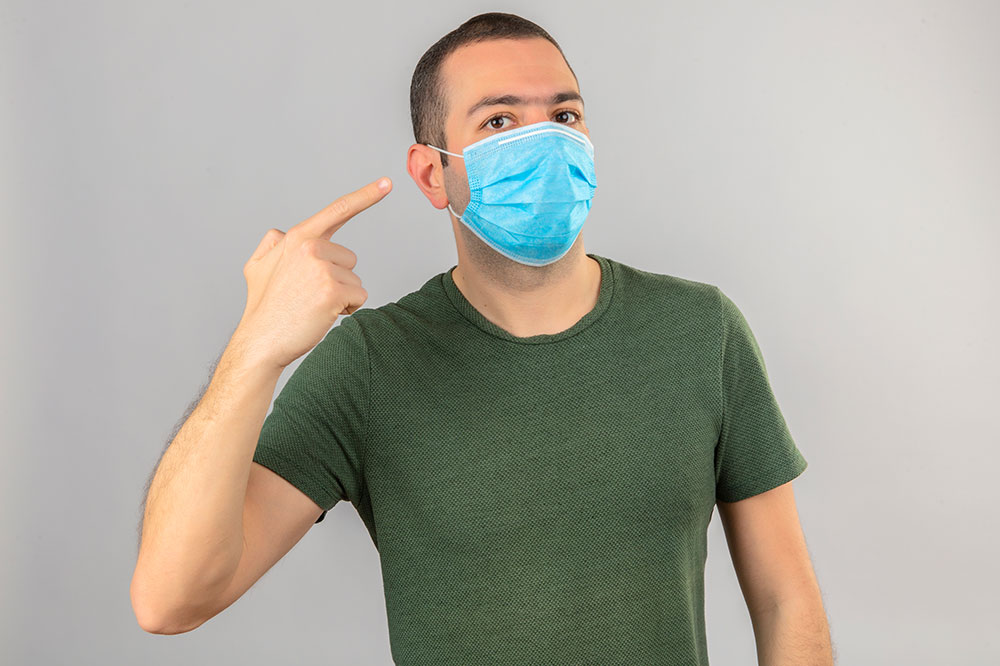Three tips for DIY face covers

Face covers or face masks are useful for protection against several pollutants and pathogens that can be contagious and cause illness. Face covers have seen an exponential gain in demand due to increased risk of health hazards, mainly due to the pandemic. However, you can make one at home for you and your family. To help you, here are some handy tips to remember to make the safest face covers.
- Fabric
This is the most important factor in choosing a face cover as certain fabrics cannot prevent particles beyond a particular size. Hence, you need to choose a fabric that can block the entry of pollutants as well as microscopic aerial pathogens. The general rule of thumb suggests that denser the fabric, more the protection against such particles. If you are using layers of fabric, then make sure that the layer closest to your face is made from a tightly knit, breathable fabric such as nylon, polyester, or a blend of both. Some health experts suggest using a blend of spandex and cotton as this avoids the inner layer from getting moist. - Layering
Multiple layers in the fabric ensure the smallest particles, including pathogens, as small as viruses are not able to penetrate the face cover. Some health experts also suggest adding an extra layer of coffee filter for extra protection. You might have also observed that many commercial face covers come with a pocket in the inner layer for inserting a filter. Similar face covers can be made at home by simply leaving one side of the inner layer unstitched. Insert the same filter in your DIY mask and change it periodically for safe use. - Fitting
A face mask should cover both nose and mouth without leaving any air gaps. These face covers should extend at least an inch from the ends of the mouth and beyond the chin. Ensure that the fabric you use is stretchable enough so that it is anchored beneath the chin and does not slide from the nose. Stick a flexible strip made of metal or plastic on the fabric that covers the nasal bridge. This way, you can mold the fabric around the nose to close any remaining air gaps. It is important to consult a health expert before using any DIY face covers to assess its quality and ensure its safety.



